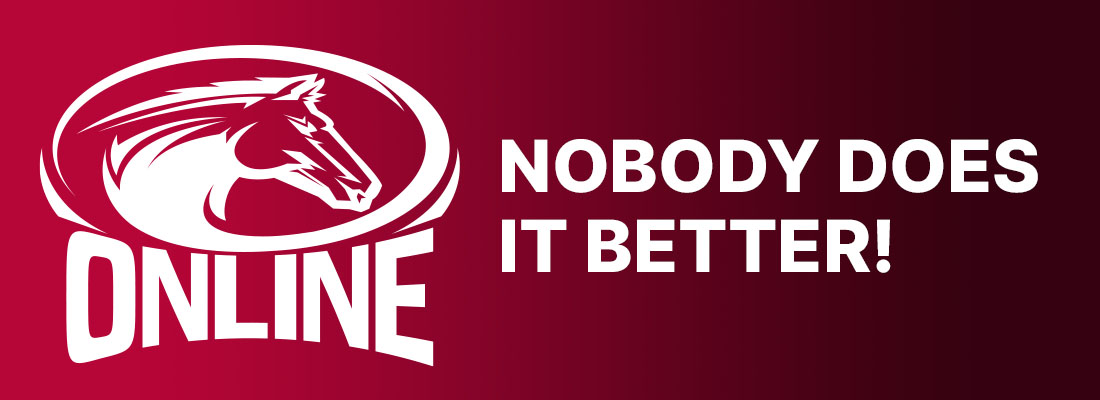The ultimate hybrid of two great games of skill and chance
by Frank Cotolo
Alternative Actions (AA) is always on the lookout for new twists that can attract more customers to raceways; not just for when live attendance returns, but for remote customers that have been a part of pari-mutuel racing’s business long before the pandemic. Being “on the lookout” sometimes means looking into the past for ways to reboot ideas that, with a modern eye, can become fresh and productive.
A gaming story that never got enough exposure in the history of the gaming business is the 1987 demise of what was universally known as The Irish Sweepstakes (IRSW). From its inception in 1930, the IRSW became an archetypal game of chance that developed an image that found its way into pop culture as an element in literature, theater and movies.
Originated in Ireland as the Irish Hospitals’ Sweepstake, it was a charitable function using funds to bankroll hospital-building programs. In its heyday, it raised over $200 million (U.S.) for the cause, while the game itself was responsible for handing out more than $500 million in winnings.
At its peak, the IRSW cornered the international gaming market. Even though lotteries were prohibited on both sides of the Atlantic, there were ways and means for tens of thousands of people around the world to participate. It was a long and fruitful run until IRSW began to lose money in the 1980s. It never recovered from the spiral.
After 57 years the IRSW surrendered to, of all things, heavy competition. It was the 1980s and lotteries became legal in many of the United States. That is when the essential global pipeline of sweepstakes cash was severed and financial stability collapsed.
What was peculiar about losing the game’s audience was that playing the IRSW was actually simpler than any of the modern-day lottery games created in North America. All right, so, you may ask, what is simpler than picking random numbers? Easy — not picking any numbers.
All one had to do was to buy an individually numbered IRSW ticket and you were in the game.Ticket stubs were sent to Ireland like contraband by secret sources in tens of countries. People were playing even though no one could account for any foreign ticket making it back to Ireland. In America, U.S. Customs would check bundles and trunks shipping to Ireland and if the contents included sweepstake stubs they were confiscated and destroyed. Bettors took that chance as an added risk.
When ticket stubs got to Ireland they were placed in large rotating drums. Nurses in full working regalia from existing Irish hospitals then chose potential winners by blindly picking stubs from the drums.
The amount of stubs taken from the drums was based upon how many horses were to run in upcoming major United Kingdom (UK) thoroughbred races. For many years, three races were used:the Lincolnshire Handicap, the Cambridgeshire and the Irish Derby. Each ticket stub drawn was assigned a horse in the fields of those races (this was done after official scratches, since most UK thoroughbred races began with far more horses in a field before scratches).
This was not a jackpot game, that is, there could be many winners from a single drawing.The largest prizes went to ticket-holders whose horses won, placed, or showed.
The IRSW’s format may work for a raceway campaign to get new business from novice and experienced bettors. AA supposes something like the following:
Your raceway creates a new pari-mutuel event to be presented (whenever) with a large field (two tiers is best). Assign a longer distance than the usual mile (longer the better). Write liberal conditions to attract many horses.
Name the race after your track. As an example, “Delaney Downs announces the Delaney Sweepstakes, a race anyone could play for and many can win” — because it is a lottery and a pari-mutuel race. The winners are tickets assigned to horses that win, place or show (descending amounts).
The track chooses a price for a ticket (each with an exclusive number) and sells them to anyone (online or on site) with a deadline for purchases. On the date of the race (after much marketing-barking) have a drawing like the IRSW, with “characters” picking tickets from a few rotating drums, announcing which horse is being assigned which ticket. A track can also make the race available for pari-mutuel betting.
With the right marketing, word will spread and anyone liking a gamble will partake, many will become an audience to the drawing. It could become popular enough to rival the outside lotteries while it exposes the sport to more people. And don’t think pari-mutuel bettors will pass it up. Think it through and work out details. It could be the ultimate hybrid of two great games of chance.
Postscript
In a recent AA at HRU, I wondered why there was no race named for the late, racing PR icon, Marv Bachrad. Upon publication of the column, Judy-Davis Wilson of the Delaware Standardbred Breeders Fund (DSBF) informed me that Dover Downs, where Marv last served, named a $100,000 DSBF Final for 2-year-old filly trotters, The Marv Bachrad. I apologize for the sloppy research but am happy Dover named a race for one of the sport’s most influential sources.

















